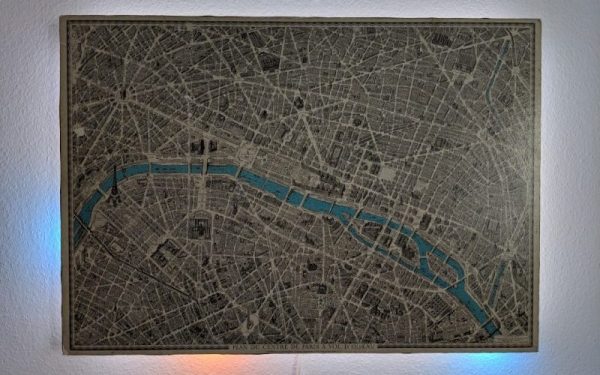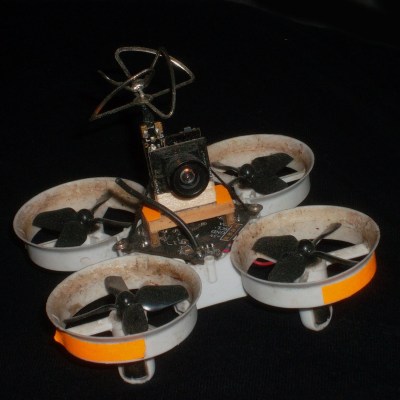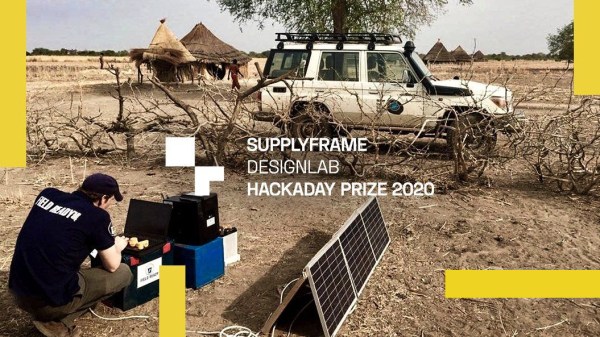Keeping tabs on the night sky is an enjoyable way to stay connected to the stars, and astronomy can be accessible to most people with a low entry point for DIY telescopes. For those who live in areas with too much light pollution, though, cost is not the only issue facing amateur astronomers. Luckily there are more ways to observe the night sky, like with this open source software package from [elanorlutz] which keeps tabs on all known asteroids.
The software is largely based on Python and uses a number of databases from NASA to allow anyone with a computer to explore various maps of the solar system and the planetary and non-planetary bodies within it. Various trajectories can be calculated, and paths of other solar system bodies can be shown with respect to an observer in various locations. Once the calculations are made in Python it is able to export the images for use in whichever image manipulation software you prefer.
The code that [elanorlutz] has created is quite extensive and ready to use for anyone interested in tracking comets, trans-Neptunian objects, or even planets and moons from their own computer. We would imagine a tool like this would be handy for anyone with a telescope as well as it could predict locations of objects in the night sky with accuracy and then track them with the right hardware.

















